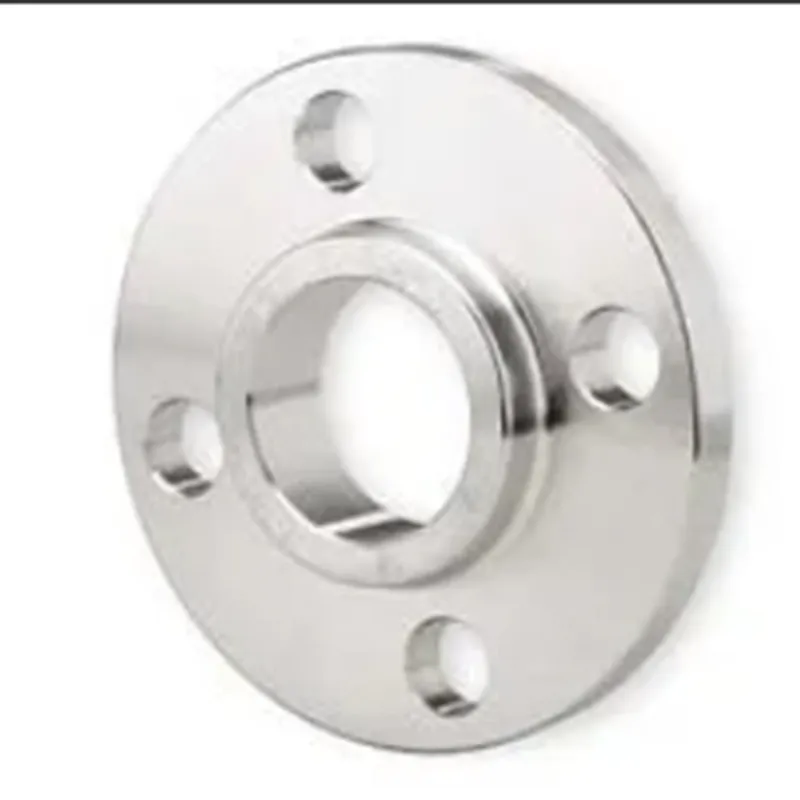-
Cangzhou Yulong Steel Co., Ltd.
-
Phone:
+86 13303177267 -
Email:
admin@ylsteelfittings.com
- English
- Arabic
- Italian
- Spanish
- Portuguese
- German
- kazakh
- Persian
- Greek
- French
- Russian
- Polish
- Thai
- Indonesian
- Vietnamese
- Zulu
- Korean
- Uzbek
- Hindi
- Serbian
- Malay
- Ukrainian
- Gujarati
- Haitian Creole
- hausa
- hawaiian
- Hebrew
- Miao
- Hungarian
- Icelandic
- igbo
- irish
- Japanese
- Javanese
- Kannada
- Khmer
- Rwandese
- Afrikaans
- Albanian
- Amharic
- Armenian
- Azerbaijani
- Basque
- Belarusian
- Bengali
- Bosnian
- Bulgarian
- Catalan
- Cebuano
- China
- China (Taiwan)
- Corsican
- Croatian
- Czech
- Danish
- Esperanto
- Estonian
- Finnish
- Frisian
- Galician
- Georgian
- Kurdish
- Kyrgyz
- Lao
- Latin
- Latvian
- Lithuanian
- Luxembourgish
- Macedonian
- Malgashi
- Malayalam
- Maltese
- Maori
- Marathi
- Mongolian
- Myanmar
- Nepali
- Norwegian
- Norwegian
- Occitan
- Pashto
- Dutch
- Punjabi
- Romanian
- Samoan
- Scottish Gaelic
- Sesotho
- Shona
- Sindhi
- Sinhala
- Slovak
- Slovenian
- Somali
- Sundanese
- Swahili
- Swedish
- Tagalog
- Tajik
- Tamil
- Tatar
- Telugu
- Turkish
- Turkmen
- Urdu
- Uighur
- Welsh
- Bantu
- Yiddish
- Yoruba

Aug . 03, 2024 02:26 Back to list
Versatile Pipe Fittings for Welded Connections in Various Industrial Applications and Systems
Understanding Weldable Pipe Fittings A Comprehensive Overview
Weldable pipe fittings are essential components in various piping systems, providing vital connections between pipes and other fittings. These fittings are designed to facilitate the joining of pipe sections, ensuring the flow of liquids and gases without leaks. The importance of choosing the right weldable pipe fittings in industrial applications cannot be overstated, as they play a significant role in maintaining the integrity and safety of the system.
Types of Weldable Pipe Fittings
Weldable pipe fittings come in a variety of shapes and sizes, each serving a specific function within a piping system. Common types include
1. Elbows These fittings are used to change the direction of a pipe run, typically at angles of 45 degrees or 90 degrees. They are essential for directing flows where necessary.
2. Tees A tee fitting allows for the connection of three pipes, facilitating the branching of a pipeline. The use of tees is common in situations where a fluid needs to be diverted to another line.
3. Reducers These fittings connect pipes of different diameters, allowing the transition from a larger to a smaller pipe size. This is particularly useful in applications where flow needs to be controlled.
4. Caps and Plugs These fittings are used to seal the ends of pipes, preventing the escape of fluids and maintaining system pressure.
5. Flanges Flanges are used to connect pipes to equipment or other pipelines, allowing for easy disassembly and maintenance.
Materials Used in Weldable Pipe Fittings
Weldable pipe fittings can be manufactured from various materials, including
- Carbon Steel Known for its strength and durability, carbon steel fittings are commonly used in industrial applications, particularly where high pressure and temperature resistance are required.
- Stainless Steel Stainless steel fittings offer excellent corrosion resistance, making them ideal for applications involving harsh chemicals or in environments where moisture is prevalent.
weldable pipe fittings

- Alloy Steel For specialized applications, alloy steel fittings provide toughness and resistance to wear, often used in high-temperature and high-pressure systems.
- Plastic and PVC In less demanding environments, plastic fittings offer lightweight and corrosion-resistant solutions, typically used in residential plumbing and irrigation systems.
The Importance of Proper Welding Techniques
The effectiveness of weldable pipe fittings largely depends on the welding techniques used to join them to the pipe. Proper welding ensures that the joint is strong enough to withstand pressure and prevents leaks. Common welding methods include
- Arc Welding This method uses an electric arc to melt the metal and create a strong bond. It is versatile and suitable for various materials.
- MIG Welding Metal Inert Gas (MIG) welding is a popular technique for joining metals, particularly stainless steel, due to its speed and efficiency.
- TIG Welding Tungsten Inert Gas (TIG) welding provides high-quality and precise welds, making it ideal for applications where aesthetics and integrity are critical.
Applications of Weldable Pipe Fittings
Weldable pipe fittings are utilized in a wide range of industries, including
- Oil and Gas Ensuring safe transportation and distribution of hydrocarbons. - Chemical Processing Handling corrosive chemicals and maintaining system integrity. - Water and Wastewater Treatment Creating efficient pipe systems for water distribution and treatment processes. - Power Generation In power plants, they are essential for steam and fluid transfer systems.
Conclusion
In conclusion, weldable pipe fittings are an integral part of piping systems across various industries. Understanding the different types and materials available, along with proper welding techniques, is crucial for ensuring safe and efficient operations. By making informed choices regarding these fittings, engineers and technicians can help ensure the long-term integrity of their piping systems, ultimately contributing to better performance and safety in industrial processes.
Latest news
-
ANSI 150P SS304 SO FLANGE
NewsFeb.14,2025
-
ASTM A333GR6 STEEL PIPE
NewsJan.20,2025
-
ANSI B16.5 WELDING NECK FLANGE
NewsJan.15,2026
-
ANSI B16.5 SLIP-ON FLANGE
NewsApr.19,2024
-
SABS 1123 FLANGE
NewsJan.15,2025
-
DIN86044 PLATE FLANGE
NewsApr.19,2024
-
DIN2527 BLIND FLANGE
NewsApr.12,2024
-
JIS B2311 Butt-Welding Fittings LR/SR 45°/90° /180°Seamless/Weld
NewsApr.23,2024











